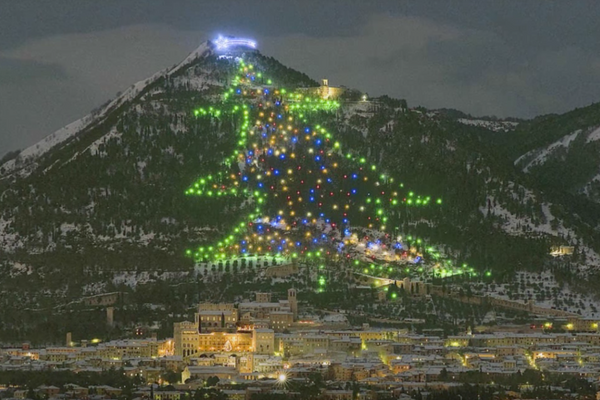About
GKN Neckarwestheim, Unit 1, is a pressurized water reactor with an electric power output of 840 megawatts, which went online in 1976. GKN Neckarwestheim is special in that it produces two kinds of electricity: three-phase AC with 50 hertz for the public power grid and single-phase AC with a frequency of 16.7 hertz. Therefore, the plant has two generators and the single-phase AC generator is the largest of its kind in the world and the only one in the world driven by a nuclear power plant.
But why does such a generator exist? In Germany, Austria, and Switzerland, nearly all train systems, which are operated by the national railway companies, are required to use single-phase AC with a frequency of 16.7 hertz because of a treaty signed in 1912. DC power was possible at the time but would have required the installation of several substations along the railway lines.
As was discovered in the early 20th century, lamps operated with AC at a frequency of 16.7 hertz flicker, making such current unsuitable for the public grid. So two separate power grids were constructed throughout the aforementioned countries, one for the public power supply and one for the railway system. Both grids have their own power stations and substations, but are interconnected via rotary and static converters.
Related Tags
Community Contributors
Added By
Published
September 5, 2010
















